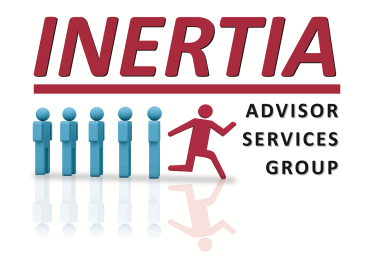Process Brings Clarity To Long-Term Care Planning
Most Americans lack formal planning for Healthcare In Retirement and Long-Term Care (LTC) — a fact that exists because most in the advisory community either fail to prioritize the topic or find it inconvenient. Integrating a consistent, four-step, data-driven PROCESS into an advisory practice can help engage clients and ensure this necessary planning falls into place. That process will look something like this…
Awareness is the first step, and that begins with a conversation with a client about their personal experiences with Long-Term Care (LTC) or helping them recognize why this planning is essential. Consumers should understand how answers to basic questions about healthcare in retirement should be reflected in their financial, retirement, estate, or risk management plan. At this stage, you introduce the Long-Term Care Planning Checklist to focus on critical issues, including:
• What "Long-Term Care" means to them and their loved ones
• Their care preferences and preferred location(s).
• Legal documents they've executed and tax planning considered.
• Whether they've accurately projected LTC needs and costs
• Current strategy to fund future care (self-funding, Medicaid, family, or insurance)
• Their caregiver support plan and whether the family is aware of expectations
Rather than relying on abstract numbers or worthless, fear-based statistics, this step grounds the discussion in real-life preferences and the concept of planning for care, creating a natural bridge to step #2.
Assessment is the second step, which requires quantifying a client's current and future costs of Healthcare In Retirement and LTC. Only by using a client's personal health, lifestyle, and family dynamics, with a tool like the HALO, can there be accurate projections about their care needs/costs. This step highlights the unfunded liability hiding on their personal balance sheet and provides the opportunity to align it with their comprehensive planning.
Alignment is the third step, and this is where resources are inventoried and evaluated to achieve the stated planning targets. The objective is to reinforce that, regardless of the eventual strategy, their resources ultimately align with one of four possible outcomes:
1) Family or Friends: Relying on loved ones for care, with all the physical, emotional, and financial consequences that come with it.
2) Government: Depending on Medicaid will require depleting assets, with its limits, restrictions, and loss of control.
3) Go It Alone: Attempting to self-fund care, which usually ignores managing care, tax efficiency, and conflicts of interest in the family, all leaving gaps in care and coordination.
4) Risk Mitigation: Transferring the liability using an insurance-based strategy better leverages assets, preserves flexibility, and protects loved ones.
Action is the final step, and this is where planning becomes reality, including implementing a written LTC Plan and/or beginning the underwriting process to include an appropriate insurance-based strategy. Just like any other area of risk management, a plan without execution is meaningless, and this step ensures a client's expectations and intentions are put in place and reviewed over time as circumstances change.
It's important to recognize that addressing this topic is not optional. No one can definitively answer the question of whether LTC will be needed or to what extent, but they can ensure the consumer and their loved ones are adequately prepared when that time arrives. Clients rely on a trusted advisor to implement planning that keeps them in control of healthcare, rather than letting healthcare take control of their planning.
We look forward to collaborating on your clients' Long-Term Care Planning…..
20250928

